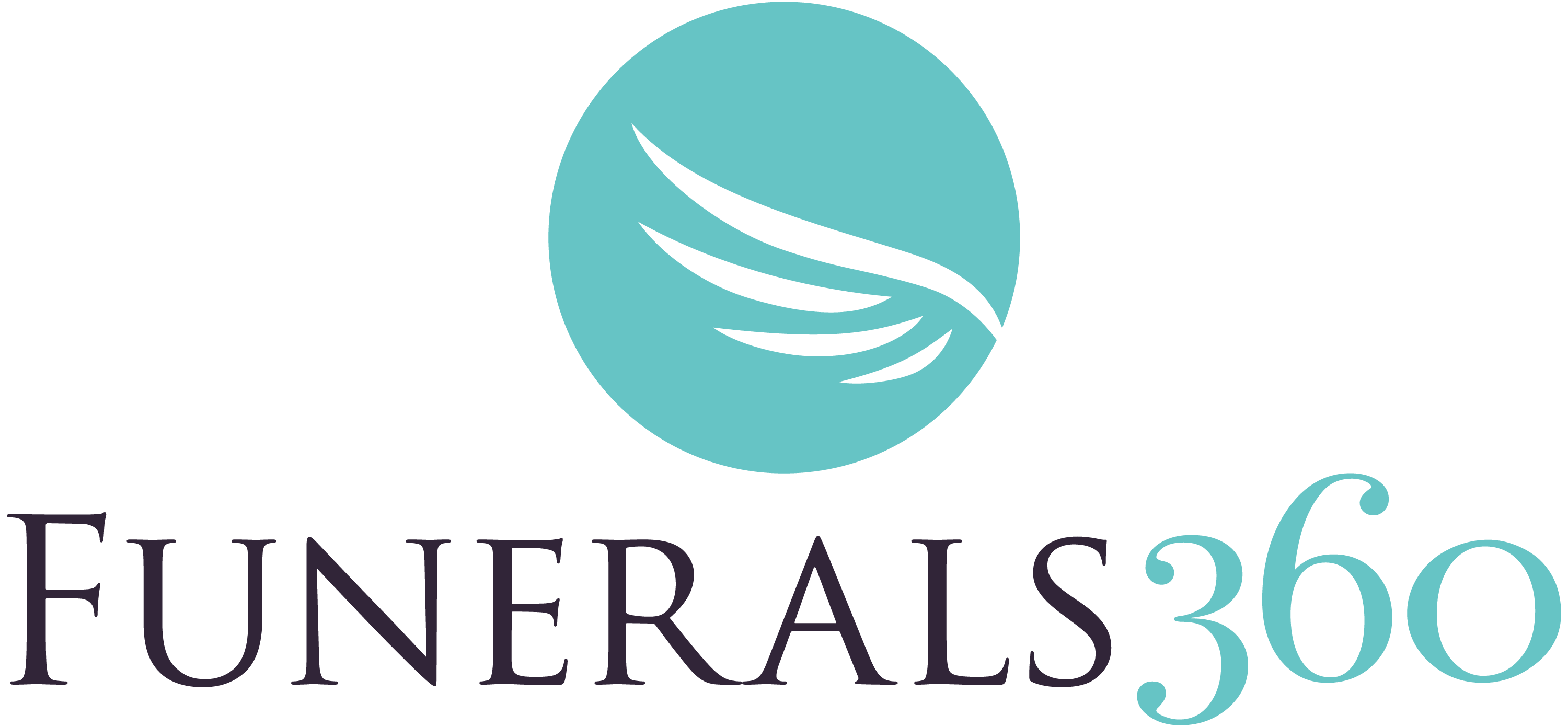About 50% of the US population now opts for cremation as the final means of disposition. Though it can be a straight-forward process, you should be prepared to make some decisions before the cremation takes place.
Remove Valuables Prior to Cremation
Cremation uses intense heat to break down the body to ashes and bone fragment. A typical flame-based cremation retort reaches temperatures between 1400-1800 degrees F. With that in mind, any clothing, jewelry, or valuables left on the deceased will be destroyed by the heat, so you should decide ahead of time whether you will want to remove those items for safe-keeping prior to cremation.
Body Preparation
If you are not having a public viewing, it is not necessary to have the body embalmed or further prepared with hair and makeup. The funeral director may require this if you choose to have a public viewing before the cremation takes place. Keep in mind that embalming and other body preparation will come at an additional cost.
You should also take care to notify the funeral director or crematory of any implanted medical devices, such pacemakers, or prosthetics. Pacemakers will need to be removed prior to cremation to avoid exploding and possibly damaging the retort.
Viewing Before Cremation
If a viewing or service is held prior to cremation, your funeral home may offer you the option to purchase a "rental casket" that has removable one-time use insert. Only the insert will go into retort with the body. Some crematories offer families the ability to attend, witness, or participate in the cremation, such as pushing the button to open the and start the retort.
ID Viewing
To prevent misidentification, a representative of the family may be asked to identify the deceased prior to the cremation taking place. This is often referred to as an "ID Viewing" by funeral directors. This is also the time that you can remove any valuables that you would like to keep. After the identification has taken place, the cremation container will be closed and prepared for cremation. Once this happens, the crematorium will not allow the opening of the container again, so be sure that all valuable you want removed have been and you've had enough time to say goodbye.
Cremation Containers
A funeral home or cremation provider will provide you with a price list outlining the cost of Direct Cremation with a container brought by the purchaser as well as with a basic one that they can provide for cremation.
You will need to decide if you will furnish your own cremation container such as a cardboard casket, another type of casket or coffin made of natural materials, or a shroud. If not, you can purchase the "alternative container" or another casket that the funeral home or cremation provider offers. The type and cost of alternative containers containers vary widely amongst providers from basic cardboard to basic untreated wood. Be sure you inquire on the type and cost of the containers available before committing to use one provider or the next.
need to decide if you will furnish your own cremation container such as a cardboard casket, another type of casket or coffin made of natural materials, or a shroud. If not, you can purchase the "alternative container" or another casket that the funeral home or cremation provider offers. The type and cost of alternative containers containers vary widely amongst providers from basic cardboard to basic untreated wood. Be sure you inquire on the type and cost of the containers available before committing to use one provider or the next.
Once the cremation has taken place and the remains have cooled, they will be raked out into a container to be sifted to remove any remaining metals. The organic matter will then be placed in a pulverizor to grind the remaining bone fragments into a more consistent ash. The cremated remains are then placed into a "temporary" container such as a plastic bag, cardboard box, a tin, or a basic plastic urn at no extra cost. If you have an urn or other preferred vessel, you can provide it to the funeral home or cremation provider to use instead.





